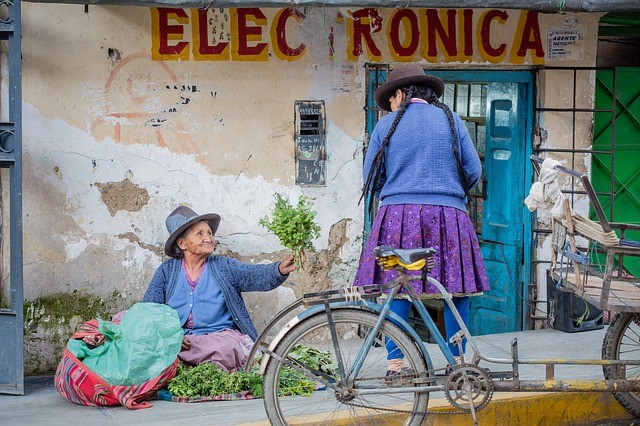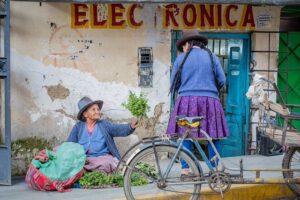We take more photos now than at any time in history (on average, there are more than 80 million pictures added to Instagram every day!), and with ever-improving smart phone cameras, even people without a fancy DSLR or mirrorless camera can snap beautiful pics at almost any time. It’s no surprise then that in the age of Instagram and filters, the bar for quality, eye-catching photos has been raised. If you’re looking for ways to take better pics, these 9 simple tips can help you up your photography game and have you taking better travel pictures faster than you can book your next flight.
1. Get the best lighting

2. Beat the crowds
Speaking of getting up early, that amazing shot of the Leaning Tower of Pisa you’re hoping to get will be best when you can shoot it without 500 tourists taking pictures of themselves ‘propping it up’ getting in the way of things. Generally speaking, people on holiday are sleeping in and enjoying slow, leisurly mornings. This is an ideal time for photographers to get up and out, taking advantage of the quiet, empty streets free from selfie-takers and Instagram influencers.
3. But also, incorporate people
While throngs of tourists usually won’t strengthen the aesthetic of an image, people going about their everyday life in a scene can really enhance the feel of a photo, give a truer sense of a place, and create interest that static objects alone simply can’t achieve. Maybe it’s a street vendor selling fruit to her steady stream of regulars, or perhaps it’s an art-lover, appreciating and contemplating a masterpiece in a museum – whatever your human subject may be, including people in your photography can really bring your photos to life. It can also be a good way to strike up conversation with a local, since it’s always best to first ask permission before taking someone’s picture.
4. Consider composition
You’ve played around, found the best place and angle to take your picture, and now it’s time to point and shoot. But have you stopped to consider the composition of your photo? The rule of thirds is a good starting point, when deciding where your subject and its surroundings should sit in an image. Ever noticed the grid on your phone’s camera? Those 9 squares are there to help you place your subject, the horizon, and everything in the foreground in the ideal place. Experiment with placing your subject to the side rather than in the dead centre, as doing so will help draw the viewer’s eyes towards the subject, create balance, and make for a more interesting picture.
5. Move your body

6. Edit your photos
Mobile apps like Snapseed and Adobe Lightroom CC are free, powerful, and fairly simple tools for taking editing images on your phone to the next level. Don’t feel like editing a picture is cheating, we promise you it isn’t – all the pros do it! Taking the time to edit your pictures can not only elevate them, it allows you the chance to enhance and refine each detail until you’re left with a photo that truly conveys what you envisioned. If you’re on a computer, paid software like Photoshop, Lightroom, and Affinity Photo will offer more robust editing capabilities, however may not be as user-friendly for novices.
7. Accessorise

8. The best camera is one you have with you
Maybe you have a camera but don’t feel like carrying it around with you, or maybe you’ve got it but it’s in a bag and the perfect photo opportunity is about to pass you by. In these situations, the best camera is the one you have on you, whether that means your phone, a disposable point-and-shoot, a basic digital camera, or a higher-end DSLR or mirrorless. Don’t miss the moment simply because you don’t have your preferred camera in your hands and ready to go, we promise it isn’t worth digging through a bag to pull out a camera, lens, attach said lens, etc etc, when the moment is fleeting.
9. Read the manual






